PRODUCER REVIEW: AKAI MPC RENAISSANCE
Road tested by CLR's DJ Rebekah
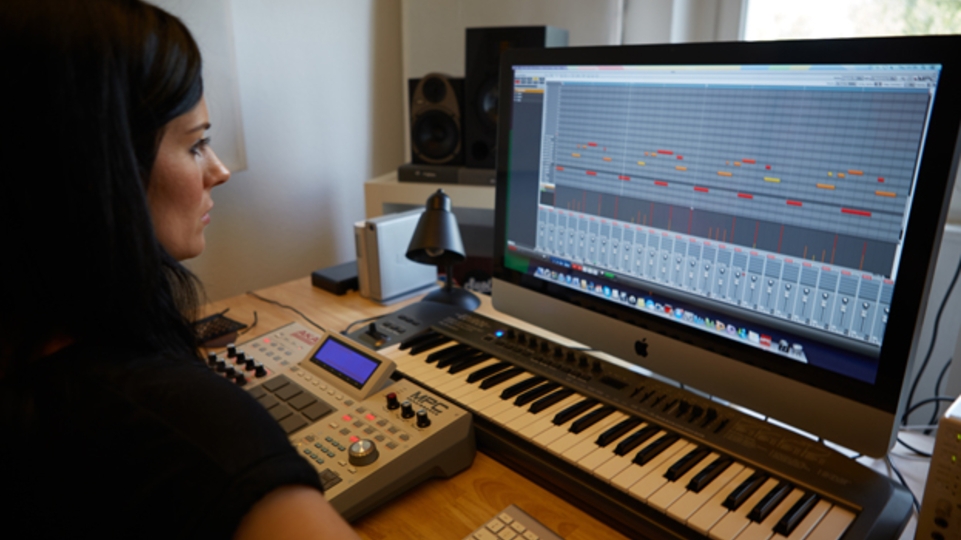
When the likes of Richie Hawtin and Chris Liebing start singing your praises you know that you’re doing something right. Techno star Rebekah is part of Berlin’s CLR gang and has been wooing crowds with her amazing DJ sets and uber cool productions.
She's the perfect candidate to road-test the new MPC Renaissance sampler from Akai. The existing devices may be part of electronic music folklore — having fans across the board from hip-hop heads right through to techno producers — but the new Renaissance version picks up its illustrious history by combining hardware with software, taking the MPC into the future.
“The Renaissance seems to be a huge deal at the moment, I am hearing quite a lot about it from other artists about the numerous things it can do. What Akai promises is to speed up the production workflow, using new integrated software and hardware with all the lovely stuff from all of the previous MPCs rolled into one super MPC! As a complete DAW working girl I was excited by the prospect of finally getting to play with some quality hardware. My workflow is pretty quick as it is, but there generally is only so much you can do with a mouse, so let’s see what the Renaissance can do!
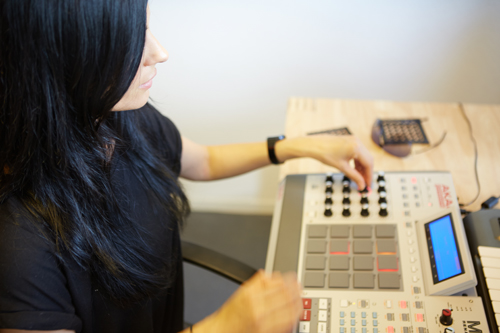
GETTING STARTED
“The MPC ships with a bunch of discs, with the basic 8GB of factory sounds and four synths to get you started, pretty much a complete package. I chose to work with the MPC software and hardware as a stand-alone unit; it would be too tempting to go back to my usual habits of working with Logic if I was going to use the MPC as an audio unit plug-in. But using it in the stand-alone mode, the MPC can also be used as a complete controller for my Logic software.
“Getting started is pretty easy, I have been using drum machines/sequencing software for many years now, so generally know my way round how they work, loading either a whole kit or individual selected sounds is pretty straightforward on the MPC. The Renaissance has two USB2.0 ports for connecting external hard drives with bigger sample libraries or of course USB MIDI keyboards. The build of the MPC is excellent — the familiar transport controls work well — and is a main feature of the whole MPC range. Drumming with the pads you get a sturdy feel and the backlights change to indicate the different velocities when struck.
“Previous MPC users will really love the Vintage modes where you can take the MPC into the classic MPC3000, MPC60 and SP1200 emulations, bringing these well-loved characteristics to the overall sound of your arrangements. The most distinct for me is the SP1200. The ring mode is awesome and makes the sound really grainy and distorted, perfect for overdriven-sounding techno kicks. These classic versions have been used on so many tracks it's crazy to imagine. One of the features I most liked whilst using the MPC was the fact that four sounds can be layered onto one pad. Creating techno music, the emphasis is strongly on the kicks and I usually have plenty of them in the arrangement at varying frequencies. This gives really good dynamics to the music.
“As well as being able to layer the sounds each pad/channel allows up to four inserts for effects processing, using either the MPC software’s bundled plugs, or third party VSTs or AUs. What's really cool is that you can also assign one pad to trigger up to four simultaneous pads, which really opens up many sonic options when writing. Another feature I found useful was the tuning, you can take any sound and lay out the range over the pads to really get in and fine tune your sounds individually. I can spend a long while tuning, so having a hands-on feel with the pads allows me to experiment more.
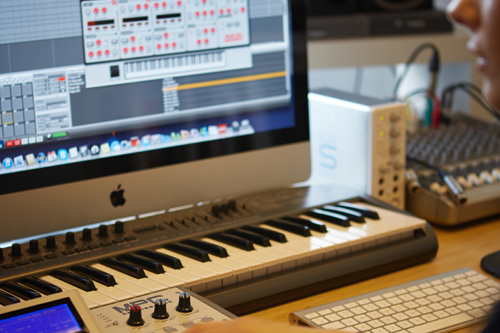
DON'T MEAN A THING WITHOUT THAT SWING
“We can’t talk about an MPC without mentioning its world-famous swing. Using Logic as my main sequencer I have been exposed to these via groove templates, and these are usually what are being used within the more percussive techno/tech house tracks that you hear, but this is the real deal! Real MPC swing. Another trick was to play with the grid and quantize. Moving from standard timings emphasises the swing even more by off setting percussion and anything else you desire. Real experimentation is the key here.
“The Renaissance is a complete workstation and you really do not need to go beyond its hardware and software combo to make a complete track. Users have access to the MPC’s own plug-ins as well as being able to integrate third party plug-ins. My favourite of the MPC expansions is The Noise. It contains over 800 samples of vintage-sounding circuit effects and other nasties to add to your arrangements. I delved straight in and found some great sounds that can be used as standalone electronic stabs, processed to make FX or layered on other sounds to add distortion. The 809 is also worth a mention here which is a collection of analogue drum sounds. I am always drawn to the 808 and 909 kicks, and this plug-in has them all with added editing capabilities.
“Automation has always been a firm friend of mine and I have really jelled to the Renaissance with its many options of how to do this. The Q-links are great and are assigned to all of the varying parameters across the software. By engaging overdub and using the Q-links, automation can be recorded straight in. This is then editable via the software and can be drawn in, snapping to the selected grid quantize or just manually. It is also worth mentioning that you can easily assign any parameter to the Q-links for instant automation.
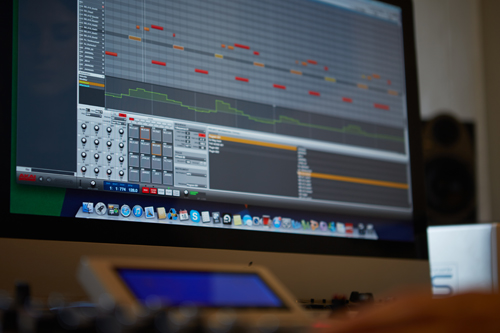
SAMPLING
“If sampling is your bag then you will love the MPC Renaissance's capabilities. With a direct phono and digital line in, it’s never been easier. Use the hardware to adjust the record level and away you go. The Q-links come in to play again here whilst trimming your audio and giving you many options of how intricate you want the sample cropped. There are also functions for time stretching, silence, normalize to name a few, but the feature I like the most is the bit reduction, again for creating more grainy sounds. If you have been using software like Ableton and Logic and are familiar with audio editing, it will come as a surprise at how fast you can process samples with the same possibilities within the Renaissance.
“There is also the Midi Clock feature, allowing the Renaissance to fully receive external sync, accessible for hooking up the MPC with external synths whilst using Ableton for Live sets and in the studio if you are into using more analogue gear.
“I feel that overall the MPC Renaissance has definitely sped up my workflow and is a huge contender for working solely in Logic and Live especially with the added hardware controller. It takes a little bit of time and dedication to get to grips with it but I can see the potential for budding bedroom producers as well as being the main hub in pro users' studios. It's so easy to use and understand, the basics of getting a beat down and sampling straight out of the box are much more exciting than trawling the screen with a mouse.”

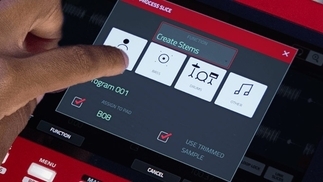
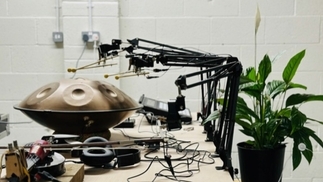

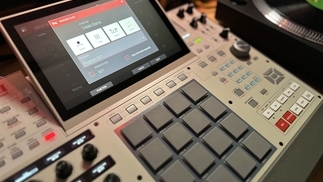
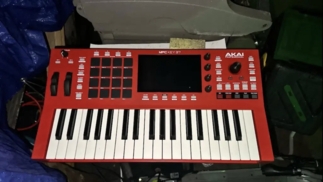
![Screenshot of [untitled] app interface](/sites/default/files/styles/djm_23_323x182_jpg/public/2023-09/untitled-app-music-new-1400x700.jpg?itok=pro0ZaB4)